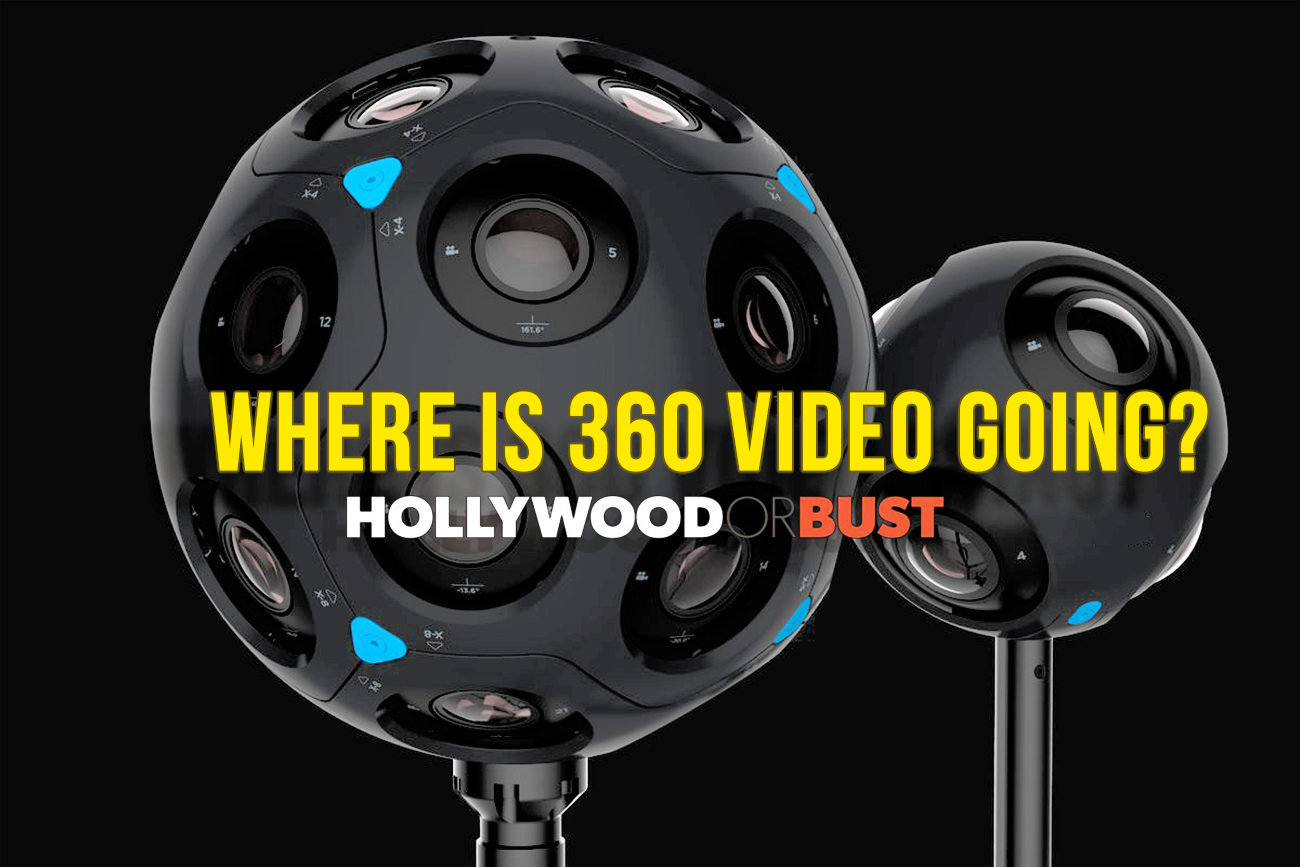Where is 360 video going?
Where is 360 video going?
Over the years, people have called 360 a gimmick, a fad, a phase that is going to die out, but it hasn’t. Not only is it alive but it's growing bigger and bigger and bigger. However, 360 videos get low engagement on YouTube and social media. Why is that? The answer is simple. People do not actually like watching a long-form 360 videos on YouTube or social media. Over the years, our clients have posted a few 360 videos, the numbers have been really low and we believe the reason is that YouTube is a long-form platform and social media is a short-form platform.
360 videos are much better suited as short-form content, anything longer than 5 minutes becomes physically uncomfortable watching a 360 video for that long. Having to look around the entire time, just clicking and dragging left, right, up, down. Do not misunderstand us it is very much possible to create engaging 360 videos on these platforms. There are many video courses on how to really harness that short attention span but the key is, it needs to be super interesting the whole time and you can't do that in a longer format. You really need to think it out and understand what your viewer is going to do.
There is a time and a place for viewing 360 videos in long format and the best way at present is in a headset, dome or planetarium. You get the fully immersive experience of actually being there because it blocks out your surroundings and you can look around as if you're looking through your own eyes. On a phone or a computer is not really the same experience. Without a doubt, a VR headset is the best way to immerse yourself in 360 content at home, but it's kind of cumbersome. It's big, it's a little bit annoying, it's not ideal.
With all that being said. There is an exception to the rule and that is with 360 photography. 360 photos that are posted on social media get crazy engagement. There's just something psychological about a photo as opposed to a video because the viewer has time to look around it. The photo is not going to change shots, there's no sound, they're usually in higher resolution and better exposure making it more pleasurable to look at in 360 mode.
We are currently in an “in-between” stage and the final step is going to be viewing 360 videos fully immersively without needing a headset. However, this isn't strictly where 360 is going at the moment. With the introduction of 5.7k all in one 360 cameras, we're now able to reframe and get a proper perspective with an adequate amount of resolution. 360 cameras are moving into the action camera territory and not only are they action cameras but they're doing a lot of things much better than action cameras have ever done. Hollywood has been in the experimental phases of 360 video and now with the widespread adoption of 360 cameras, Hollywood is realizing that 360 cameras are better reframed as a normal flat 16:9 video with the advantage of having so many extra options.
360 gives video and film production value because it solves a genuine problem of never missing the shot. All that is needed is to turn the 360 camera and press the record button. Instantly you are capturing everything at once. You can choose from 100 different angles in post because nothing is locked in. 360 helps directors get awesome shots that just wouldn't be possible with traditional action cameras or any kind of camera for that matter and the reason for that is the stabilization.
Never until now have we had stabilization so amazing from an action camera. Due to that fact that 360 cameras have 2, 4, 6 or more lenses, it's capturing everything at once and due to advanced stabilization algorithms, the camera is able to compensate for any kind of movement because it is seeing everything. If the 360 camera moves in any axis, left right up or down, the software moves the image up to where up should be, down to where down should, left and right and so on. This solves the problem of not needing extremely steady hands or needing a gimbal. 360 cameras with six-axis stabilization solve that problem because the 360 camera stabilizes the video for you. Another massive advantage is 360 cameras are a game changer with workflow. You can now do almost everything you need to do to reframe your 360 videos on your phone or tablet. All these things make the video production process faster and better.
We are not saying that 360 cameras are going to replace professional equipment. There will always be a place for professional-level photography and video equipment. It is without question that every time consumer-level cameras get upgraded so does professional-level cameras. In Hollywood, 360 cameras help get a wider variety of overall shots simply because you never miss an angle, you never miss a moment as long as your 360 camera is rolling. 360 cameras enable amazing B-Roll shots and when resolution increases even further, you'll be able to use a 360 camera as your main camera. 360 cameras are becoming a massive part of video and film production in a lot of situations.
Have you liked this post? Subscribe to FDDB Newsletter
Sign up now, it's free!












![[VIDEO] How to Use AI to Produce Fulldome Images for your Planetarium img news fulldome video-how-to-use-ai-to-produce-fulldome-images-for-your-planetarium](https://www.fddb.org/wp-content/uploads/img_news_fulldome_video_how_to_use_ai_to_produce_fulldome_images_for_your_planetarium_401709f304-314x109.jpg)






